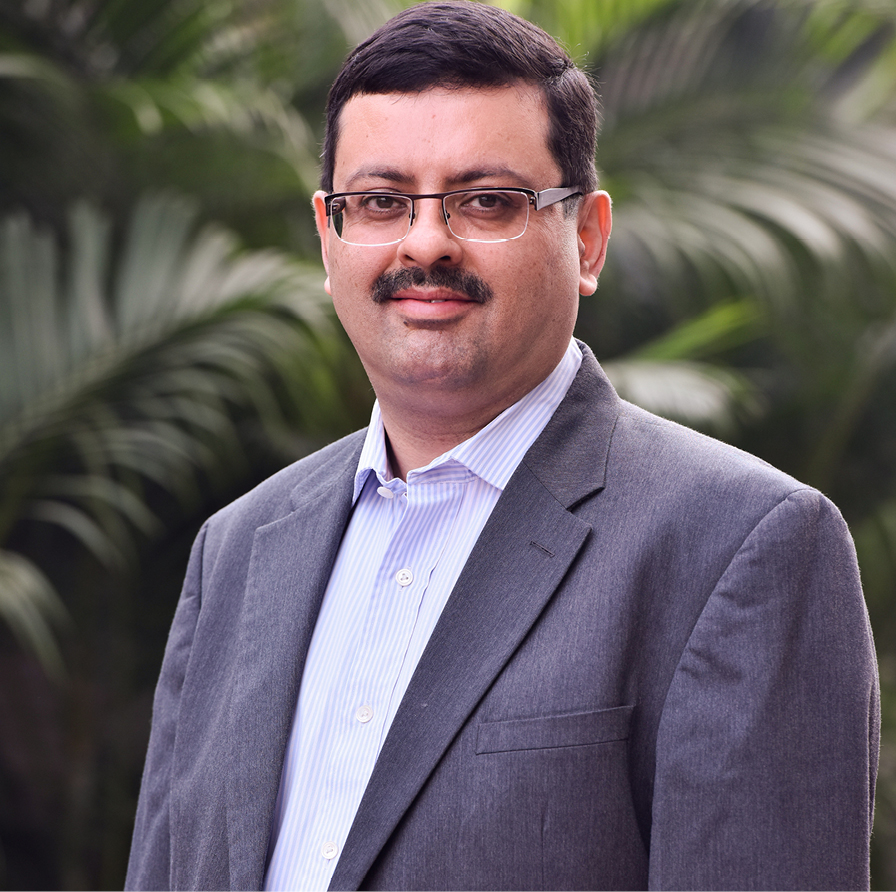Can Self-Service Channels Be The Next Frontier Of Financial Inclusion?
by Puneet Chopra, Raunak Kapoor and Richa Valechha
Jun 24, 2015
6 min
As the Indian rural populace becomes technology savvy and with improving rural connectivity, the authors explain how self-service digital channels will become increasingly important.
Information and communications technology (ICT) infrastructure in India has made rapid strides in the last decade. It has been estimated that a 10% increase in broadband connectivity leads to a 1.38% increase in the Gross Domestic Product (GDP)1. While urban India has witnessed an exponential growth in mobile and internet access, rural India is lagging behind. Recognising the need to enhance rural connectivity as a tool for socio-economic growth and better governance, the Government of India has approved setting up of a National Optical Fibre Network (NOFN) to connect 250,000 gram panchayats in the country using optical fibre.
Concurrently, over the last decade, there have been extensive efforts to improve access to good quality and convenient financial services. Starting in 2006, the Government of India and the Reserve Bank of India have taken many initiatives to drive financial inclusion in the country. The vision and the approach has been redefined and made significantly more intense through the Pradhan Mantri Jan Dhan Yojna (PMJDY) 2which led to over 159 million bank accounts being opened within a short span of eight months.
We believe there will be a convergence of financial inclusion, micro-payments, e-governance, Digital India initiatives and information based services. These programmes are laying a strong foundation to enable this convergence in the future.
Various technology-enabled models are currently being tested in order to efficiently deliver financial, e-governance and other information based services in rural India. However, to date, most initiatives like Common Service Centres (CSCs) and Customer Service Points (CSPs)have relied on a human interface for service delivery. As the rural populace becomes technology savvy (particularly with youth as early adopters and ambassadors) and with improving rural connectivity, self-service digital channels will become increasingly important.
Self-Service Digital Terminal – The Concept
We propose a concept wherein a smart self-service terminal can enable a range of relevant digital transactions for the residents. The objective will be to enable residents to use them for micro-payments, banking, e-governance and/or information based services. The self-service digital terminals can be deployed at large gram panchayat or market areas in a cluster of villages. The self-service channels should be designed using best practices and experiential learnings3. For example, a many rural residents would prefer to use ATMs (once familiar and comfortable with it) instead of, or in addition to, CSPs to avail services. Several financial services, such as cash withdrawal, balance enquiry and certain utility payments, can be considered for easy transition to self-service platforms. A human centred design and behavioural science-based approaches should consider aspects such as what should be the user interface?; what processes should be adopted?; what fall-back options should be available to residents, if the self-service systems were to fail, ? and how can the utility of the services for the rural end-users be maximised? (see Services offered below).
Blue print for the self-service digital terminals
Each self-service terminal should have the following basic components:
·Hardware: A touch screen LED/LCD terminal with internet connectivity, EMV card reader, Aadhaar biometric authentication mechanism, document scanner, audio device, document printer and a thermal receipt printer (similar to the one used in ATMs). Estimated total cost of the hardware will be around Rs.45,000–50,000 ($725-810). An additional Rs.9,000-10,000 ($145-160) is expected on annual maintenance. Given the rough usage and harsh environment these devices will be exposed to, their useful life is likely to be under 3 years.
Software: User friendly and multi-lingual user interface, interconnectivity with UIDAI and payments gateways, application programme interfaces (APIs) for access to e-governance portals, easy and convenient interface for content and information based services. We believe many IT service providers will be willing to develop this as a business model, once it is viewed as a national need and thus offers significant scale. Scale in-turn will also bring down unit cost of hardware and software.
Services offered
- Micro-payments and banking – prepaid recharge, utility payments, cash withdrawal, fund transfer / remittances, bus and railway ticketing, account enquiries (balance, transaction statement), insurance and pension premium payments, and so on.
- E-governance services – obtaining birth, caste, tribe, domicile, marriage and death certificates; Aadhaar enrolment; lodging complaints; Right to Information (RTI) requests, government/local body tax payments and so on.
- Information based services – agriculture (best practices, weather and price information); health (symptoms, home remedies and video consultation with doctors); employment (vocational trainings, job opportunities, applying for jobs); legal (rights, entitlements, procedure to gain access to government services); matrimonial; astrology and financial education.
Micro-payments and banking – Accessing micro-payments and banking services through these terminals would require users to authenticate through card and PIN, or Aadhaarbiometrics. Banks have issued nearly 142 million RuPay cards under PMJDY and several account holders have linked their bank accounts to Aadhaar in order to receive government benefits. These terminals would enable those who have cards with PIN or Aadhaar to conduct micro-payments and banking. As and when users conduct transactions, a fixed minimal charge can be deducted directly from their bank account based on the service availed. The details of the charges can be displayed on the terminals, SMS alerts sent and transaction slips provided.
E-governance and information based services – E-governance and information based services can be provided on a pay-per use or subscription models. Payments for such services can be made on similar lines as in the case of micro-payments. Tie-ups with digital content service providers (e.g. Digital Green, SVARK) including web portals (e.g. CSCs, farmer.in, shaadi.com; monsterindia.com; astrosage.com) will be important to customise content and services for the needs of the rural population in particular geographies.
While the potential of such an approach for accelerating delivery of digital financial and non-financial services is immense, but the design, simplicity and friendliness of the user interface will be very key to its success. A combination of audio and visual media and tools can be used to develop user interfaces that can meet the needs and preferences of rural users.
In early stages of implementation, panchayat officials and local communities, especially tech savvy youngsters/students, will have to be trained and tasked to assist people in navigating the interface to use services. The trainers assisting in educating residents to use such portals can be provided a nominal stipend along with some form of certification from government institutions. This will not only motivate, but also add to the profile of these trainers and enable them for better jobs in a digital India. Over a period of time, this approach will have the potential to evolve into a truly functional self-service channel, empowering rural masses through delivery of appropriate, affordable and accessible digital content and services. More importantly, the viability of this channel can be made to depend less on bank funding, by exploring opportunities to fund it from government programmes for e-Governance and Digital India, where we expect convergence to take place.
Driven by rapidly falling handset prices and tariffs for data access through mobile, coupled with a large population of technology savvy and early adopting youth, smart phones have witnessed rapid penetration in India. New smart phone handset sales are expected to touch the 150 million unit mark in 2015 and India will become the second largest smart phone market. Considerable innovation is evident in mobile applications with an increasing focus on making their usage simple, easy and convenient for the mass market. These trends will further catalyse and accelerate convergence of digital services and adoption of self-service devices and terminals by low income people.
Overall, the recommended model has a good likelihood of self-sustainability, as convergence will enable economies of scale and scope at each transaction point. Technology substituting human interface (agents) will further aid sustainability, as people costs will continue to rise while technology costs will continue to fall and rapidly so, when economies of scale and scope can be leveraged.
[1] http://www.bbnl.nic.in/content/page/project.php
[3] Several studies by MicroSave, CGAP and others highlight gaps in consumer aspirations/needs and user interface as well as technology solutions deployed available.
 by
by  Jun 24, 2015
Jun 24, 2015 6 min
6 min


Leave comments